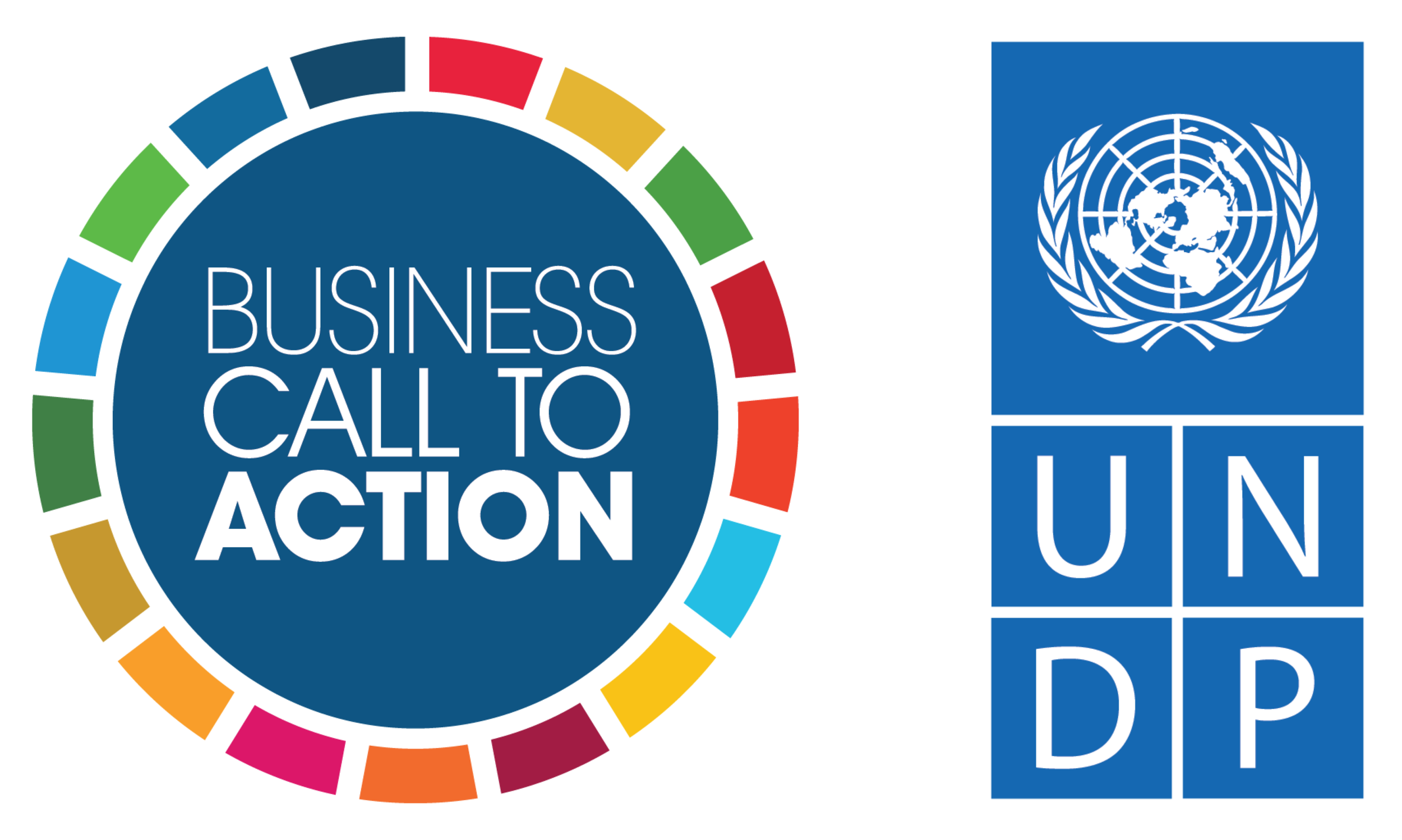Can you hear me now? Medtronic partners with BCtA member ClickMedix to diagnose and treat ear infections in India
By Ting Shih, Founder and CEO of ClickMedix, a global mobile connected health (mHealth) social enterprise aimed at addressing various global healthcare challenges. This article was originally published on IPIHD.org - read the original blog post here. Follow Ting Shih on Twitter at @TingAtClick.
Deafness and hearing loss are two of the most commonly diagnosed health issues faced by patients in the developing world. While about half of all cases of hearing loss can be avoided with effective diagnosis and treatment, delayed diagnosis can lead to life-threatening complications. With today's knowledge, diagnosing common ear health issues is mostly dependent on access to timely and affordable specialist care. To combat these issues, Medtronic, Inc., partnered with ClickMedix to create a program in India that provides care through technology that millions of people already have in their pockets: cellphones.
"Shruti", launched in August 2013, is a groundbreaking screening and diagnosis kit to detect and diagnose ear infections in rural India. Using ClickMedix's highly customizable, mobile based platform, healthcare workers are able to record basic patient data, conduct an initial physical ear screening with an otoscope (the medical device used to look in patients ears) encased in an Android phone, and refer patients with hearing needs efficiently to ear-nose-throat (ENT) specialists. The ClickMedix application guides healthcare workers through a series of questions to ask the patient. Based off both the patient's responses and the phone's images, the healthcare worker is then able to make a provisional diagnosis and recommend treatment and/or referral to surgical centers. To ensure accuracy, the ClickMedix app sends the photos and data to ENT surgeons who oversee the program and confirm the diagnosis and treatment plans.
The screening sessions are conducted in the underserved population of Delhi. In the first month, the health workers screen about 65-150 patients per 3 to 4 hour session. After two months, they screened over 1400 patients, each screening took less than 3 minutes, and the provisional diagnosis made by the health workers are nearly 100% as accurate as those made by the ENT specialist. The use of ClickMedix application proved to be an effective screening tool as well as a training tool to increase the productivity as well as quality of service delivered by the newly trained health workers.
With the current success, Medtronic plans on expanding the program rapidly and engaging additional partners. The Shruti program aims to create jobs and associated training programs for community health workers in India, while helping treat severe chronic infections and prevent deafness in the majority of the population in India. According to Mark Fletcher, President & General Manager of the Surgical Technologies business within Medtronic, the key is to build an ecosystem solution in partnership with the public and private sector (profit and not-for-profit) to develop the entire healthcare infrastructure. Our vision is to make this a self-sustaining program and reach underserved patients across the developing world.
This program is the result of a public-private partnership with Dr. Shroff's Charity Eye Hospital, Medtronic, Icarus, and ClickMedix. Specifically, the connection with Medtronic was made through the International Partnership for Innovative Healthcare Delivery (IPIHD), a catalytic network of leading healthcare innovators, corporate and foundation supporters (including Medtronic), and investors.
To learn more about ClickMedix, visit www.clickmedix.com and follow on Twitter at @ClickMedix.
